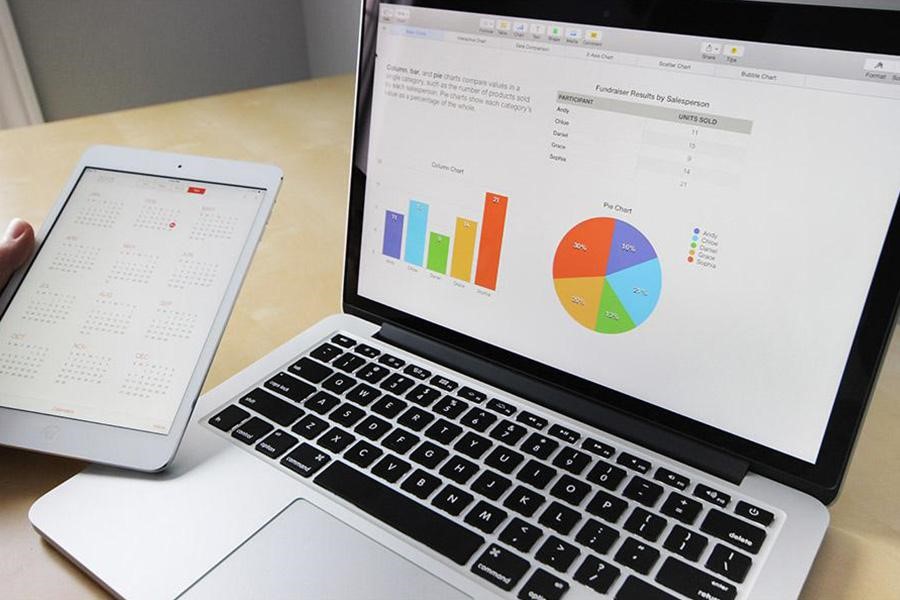Multichannel retail is the business model of promoting products and selling them anywhere that customers would buy them. In other words, it involves bringing the market to the customers through a number of channels.
Omnichannel retail, on the other hand, is a business model in which these existing channels are integrated in such a way that the marketing experience of the customers is more or less seamless.
This article will delve into both of these models, showing how they work and giving some key examples of each. It will also highlight the pros and cons of each, so that businesses can decide which approach may work best for them.
Table of Contents:
What is omnichannel retail?
What is multichannel retail?
Omnichannel vs. multichannel retail: what are the key differences?
Examples of multichannel vs. omnichannel retail
What is omnichannel retail?
Omnichannel retail is a unified strategy that involves transacting across multiple channels like marketplaces, social channels, social media platforms and so on, with all operations tailored to the consumer’s experience.
An ideal omnichannel retail experience would be one where customers get a consistent service experience no matter where they make a purchase. The whole idea is that the physical (offline) and digital (online) channels offer a cohesive experience to customers. Omnichannel retail strategies are therefore an expansion or upgrade of multichannel retail.

For a business to use omnichannel marketing efficiently, its separate retail channels must function independently. For example, if customers order a product online and arrive at the offline shop, they should be able to pick up the product. The goal is to maximize convenience for the consumer, creating a seamless experience across all channels.
This sales strategy is suitable for businesses that run an offline store and an eCommerce platform concurrently. In addition, omnichannel retail will work for sellers who want to completely run all their sales channels from one system.

So how does omnichannel work for businesses? With omnichannel retail, businesses can engage and keep track of how many engagements they receive from customers. This happens because the omnichannel model draws from data collected and communicated across all channels.
For instance, a business using omnichannel retail can create an algorithm that uses ads and website pop-ups to encourage customers to buy a product. If the customer engages in the ad for the product, the seller spreads more awareness through social media platforms to continuously reinforce the brand and increase purchases.
If the customer eventually buys the product, their information will be used to send emails or other electronic updates to encourage them to make further purchases in the future. The seller can apply a few upsell and cross-sell strategies here to add more value to both the business and the consumers. For instance, it could be an ad for a new or similar product paired with a discount, persuading customers to jump on the opportunity to buy.
What is multichannel retail?

Multichannel retailing involves selling products on various channels, which can be physical, online, or both. This business model tailors its efforts into selling where customers spend most of their time. So, it brings the market into the hands of the customer by using several channels—based on their choice. Simply put, it’s a product-centric system, unlike the omnichannel that integrates data from across all channels.
For instance, a brand that can market and sell to customers through different means of content consumption like YouTube ads, TikTok brand feeds, shoppable Instagram posts, and even Facebook, is engaging in multichannel marketing. But multichannel does not integrate channels with each other. In other words, the business operations are isolated into different channels. So, businesses use multiple channels in multichannel to send similar or unassociated content.
Businesses using this model must have an online presence on at least one social media platform. Having a website alongside this online presence is also a central part of a successful multichannel strategy.
Multichannel retail is suitable for retailers that operate with a limited budget. With this strategy, there are no integration expenses. Businesses that use customized Point of Sale (POS) systems will do well with multichannel retail because integrating highly established POS systems with other channels is quite pricey.
Businesses that provide customers access to sales through multiple channels can use multichannel retail. For example, when a customer shows interest in a product on the website and intends to buy, the seller uses this as a cue to remind them later if no purchase is made. Through ads on other websites and on their social media, the customer can choose which channel they want to make a purchase through and can buy the product at a later stage.
Omnichannel vs. multichannel retail: what are the key differences?

1. Omnichannel connects channels directly, while multichannel retail does not integrate channels
The entire point of omnichannel is integration. This means it coordinates all the channels so that they work as one while working independently.
Multichannel, on the other hand, is incapable of integration because the business may not exclusively own the channels.
2. Multichannel retail limits consumers’ experiences and omnichannel offers new customer experiences
Multichannel retail more or less offers the same experiences to the customer.
But with omnichannel, the customer learns what it’s like to shop offline and online. The customer interacts more with the business through email and product offers. And this means that customers generally receive a better user experience when they come in contact with omnichannel retailing.
3. Omnichannel is consumer-centric, and multichannel is more product-centric
Omnichannel is consumer-centric, meaning consumers are at the center of the business plan and are the top priority. What this means is that the creation of integrated channels creates an inclusive customer journey and experience. All the channels work in tandem, and sales can be made simultaneously through any channel.
With multichannel retail, there is an adding up of sales channels. The model is more product-oriented because the channels aren’t integrated, they are purely for advertising and presenting the product to the customers. This is perfectly fine, but customers may be more likely to make purchases when the retail experience is more closely tailored to them.
Examples of multichannel vs. omnichannel retail
Omnichannel: online product data showcased in a physical shop
Local stores and shops can advertise or showcase products that aren’t in their physical inventory but can be purchased online. The reasons could be because there isn’t enough inventory space to accommodate them, or they are luxury versions of the same product.
Retailers could advertise a product so customers can feel or sense what the product is and does. Then, the same product is made available for online order on the website with either pick up by the customer or home delivery, depending on the customer’s preference.
Omnichannel: click-and-collect merges with ease of online shopping

The term “click-and-collect” refers to the ability of customers to make a purchase or order online through an online store or website and go physically to a local store or shop to retrieve their package.
Curbside pickups use the same idea, but instead of the customer entering the shop, the customers wait by the sidewalk, curb, or parking lot, and a customer rep brings their orders out to them.
By that same token, if a customer needs a refund for a damaged or malfunctioning product, instead of mailing it back to the manufacturer, the customer can simply take it back to the local store, and the store handles the logistics from there onward.
Multichannel: maximizing brand website, social media, and big eCommerce platforms
This approach uses advertisements, wholesaling, direct sales, and the marketplace to achieve the goal of accelerating sales. Each of these channels is independent and represents a different department, while the collective goal is sales to consumers.
As a rule, the consumer experience must be the same. That way, the retailer can maintain credibility and ensure that one of the arms doesn’t become a liability down the line. That could potentially ruin sales and impact overall profits.
Also, keep in mind that running ads could be expensive, so businesses would have to put a lot of effort into knowing exactly how to optimize their ads and campaigns to get their target audience based on their brand voice—to avoid wasting funds and increase their return on investment.
Final verdict
Multichannel and omnichannel retail are both good in their own right and work for businesses differently. Omnichannel is more customer-oriented and aimed at providing the best service, while multichannel is more product-oriented and aims to make sales and profit.
Also, omnichannel has been suggested to be better because it factors integration of the channels into the mix where multichannel doesn’t. It also provides the best customer experience, meaning more customers will likely patronize such businesses.
However, omnichannel retail requires more investment and resources to work. Hence, small businesses with limited budget and operating costs should start with a multichannel retail before progressing to omnichannel—to avoid high integration costs.




